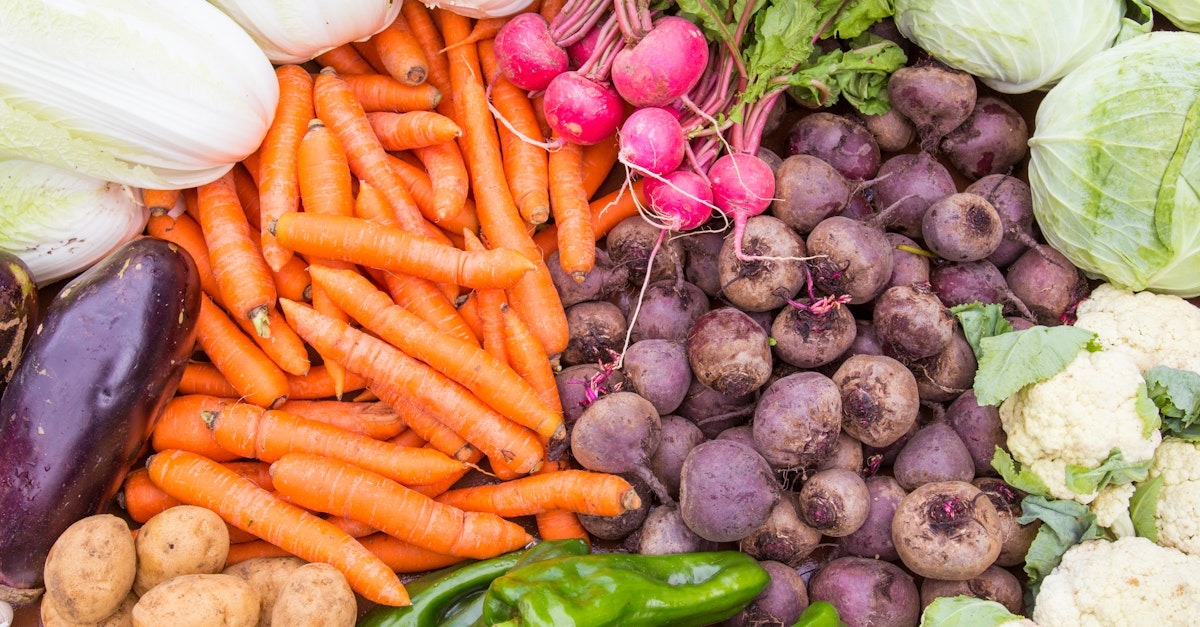High-fiber vegetables are an essential part of a healthy diet. They provide numerous health benefits, including aiding digestion, supporting weight management, and reducing the risk of various chronic diseases. Here are some of the best high-fiber vegetables:
1. Artichokes:
Artichokes are one of the highest-fiber vegetables, particularly when you consider the edible leaves and heart. They are rich in dietary fiber and antioxidants.
2. Broccoli:
Broccoli is an excellent source of fiber and is packed with vitamins, minerals, and antioxidants.
3. Brussels Sprouts:
These small, green cruciferous vegetables are high in fiber and provide essential nutrients like vitamin C and vitamin K.
4. Spinach:
Spinach is not only high in fiber but also a good source of iron, vitamins, and minerals.
5. Kale:
Kale is a nutrient-dense leafy green vegetable that is rich in fiber, vitamins, and antioxidants.
6. Carrots:
Carrots are not only known for their beta-carotene content but also for their fiber, making them a great crunchy snack.
7. Sweet Potatoes:
Sweet potatoes are high in both fiber and essential nutrients like vitamin A.
8. Peas:
Peas are a good source of dietary fiber and provide vitamins, minerals, and plant-based protein.
9. Cauliflower:
Cauliflower is a versatile vegetable that can be used in various dishes and is a decent source of fiber.
10. Cabbage:
Cabbage, including green, red, and Savoy varieties, is a high-fiber vegetable that can be used in salads, stir-fries, and coleslaw.
11. Bell Peppers:
Bell peppers, especially the red and yellow varieties, contain fiber and are rich in vitamins, particularly vitamin C.
12. Lentils and Beans:
While not vegetables, legumes like lentils, black beans, pinto beans, and kidney beans are excellent sources of dietary fiber.
13. Collard Greens:
Collard greens are another leafy green with a high fiber content.
14. Onions:
Onions, particularly when eaten raw, are a good source of fiber and provide flavor to a variety of dishes.
15. Okra:
Okra is a slimy vegetable that is rich in fiber and often used in soups and stews.
Including a variety of these high-fiber vegetables in your daily diet can help you meet your fiber needs and promote overall health. Keep in mind that cooking methods can affect the fiber content, so consider steaming or sautéing these vegetables to preserve their nutritional value.
